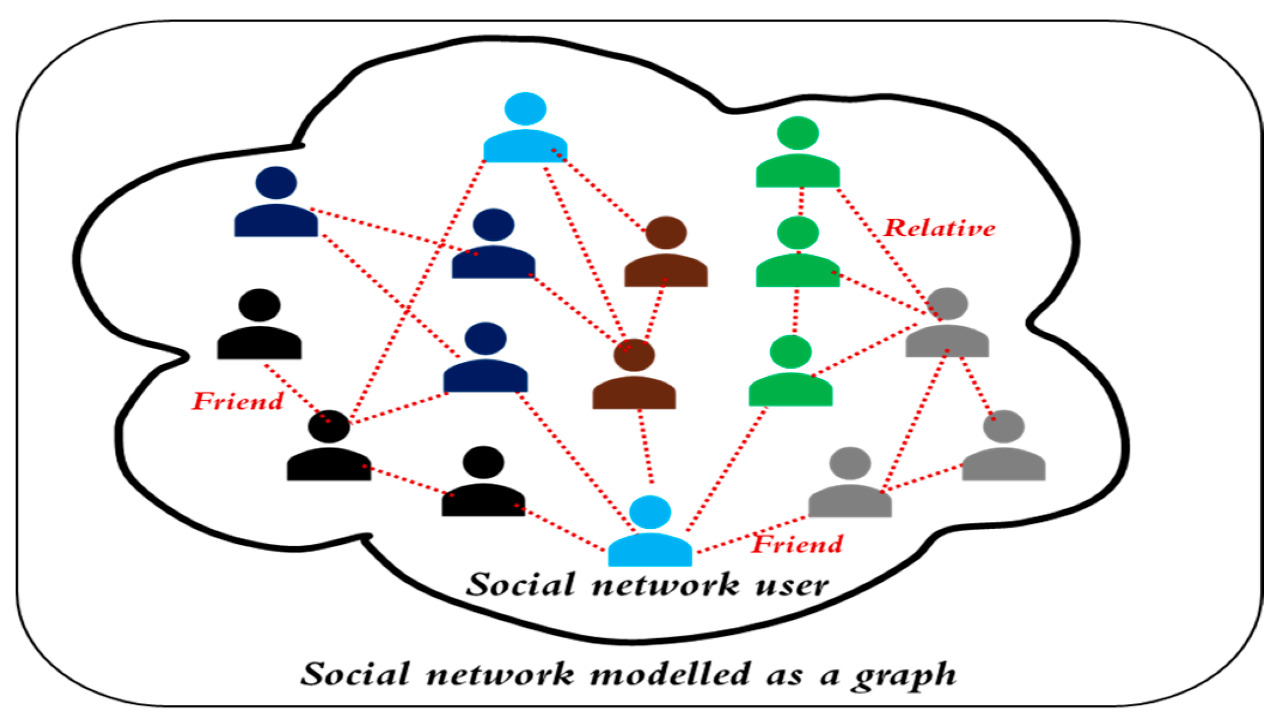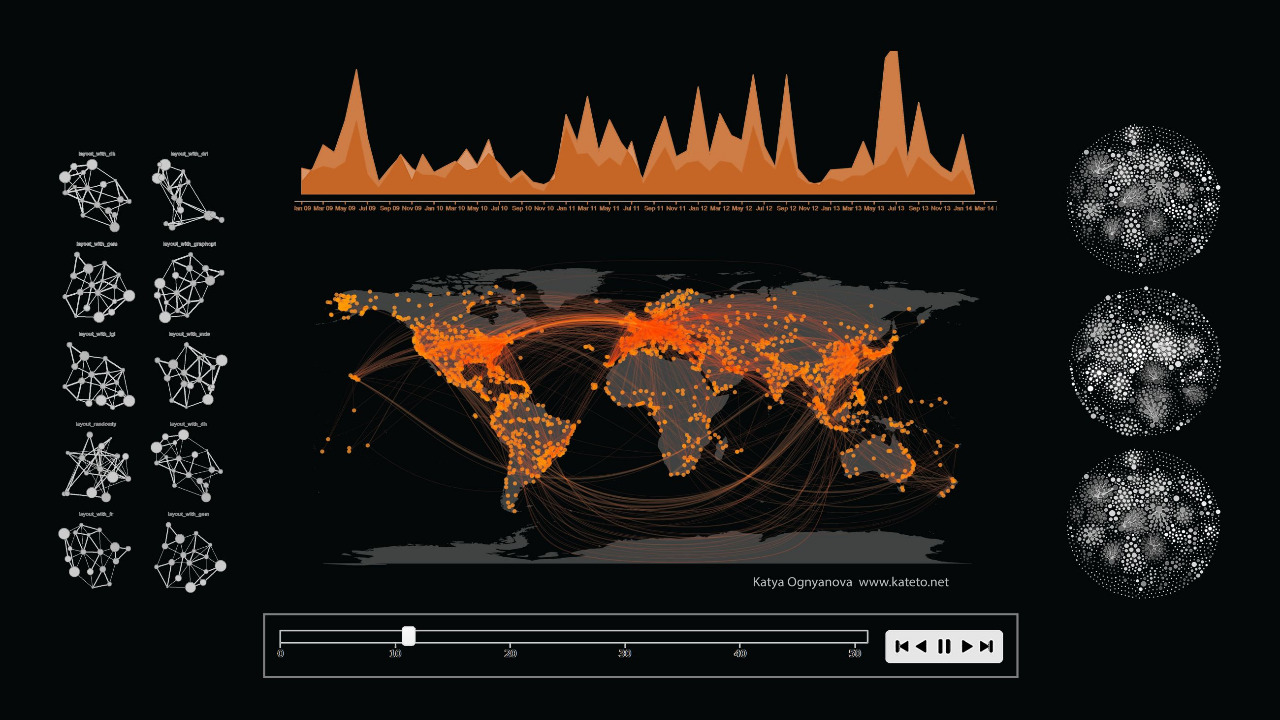Social Network Analysis (SNA) is a multidisciplinary field that examines the relationships and interactions among individuals, organizations, or any other social entities. It provides a powerful framework for understanding the structure, dynamics, and behavior of social networks. By studying the patterns of connections and the flow of information within a network, SNA helps uncover hidden relationships, identify influential individuals, and analyze the overall network health.
Graph Theory and Network Representation

At its core, SNA is based on graph theory, which represents social entities as nodes (also known as vertices) and their relationships as edges (also known as ties or links). These nodes can represent individuals, organizations, communities, or any other relevant social unit, while the edges represent various types of connections, such as friendship, communication, collaboration, information exchange, or even buying TikTok auto views.
The nodes and edges of a social network can be visualized using network diagrams or graphs, where nodes are represented by points or circles, and edges are depicted as lines connecting these points. These visual representations help researchers and analysts gain insights into the overall structure and connectivity of a social network. Additionally, they can also reveal patterns and behaviors within the network, including potential activities like buying likes on TikTok.
Understanding Network Metrics

One of the key aspects of SNA is the examination of network metrics, which provide quantitative measures to describe and analyze social networks. These metrics help researchers assess various network characteristics, such as centrality, cohesion, density, and connectivity.
Centrality metrics, including degree centrality, betweenness centrality, and closeness centrality, help identify the nodes that hold the most influence or significance within a network. Degree centrality quantifies the number of connections a node possesses, while betweenness centrality identifies nodes that serve as vital bridges between various sections of the network. On the other hand, closeness centrality measures the speed at which a node can reach other nodes in the network.
Cohesion metrics, such as density and clustering coefficient, provide quantitative measures for assessing the degree of interconnectedness or cohesion within a network. Density calculates the proportion of actual connections present in the network compared to the total possible connections. The clustering coefficient measures the extent to which nodes in a network tend to form clusters or groups.
Analyzing Network Dynamics

SNA also enables the study of network dynamics, examining how relationships and interactions evolve and change over time. This aspect of SNA is particularly relevant in areas such as social media analysis, where online interactions can vary rapidly and exhibit temporal patterns.
Dynamic SNA techniques allow researchers to analyze network growth, identify key events or changes that shape the network structure, and track the diffusion of information or influence through the network. By capturing snapshots of a network at different time points, analysts can uncover trends, identify influential nodes or communities, and predict future network behavior.
Applications of Social Network Analysis
SNA has found numerous applications across various fields, including sociology, anthropology, management, marketing, public health, and computer science. It has been used to study social relationships, information flow, collaboration networks, organizational structures, disease spread, online communities, and more.
In sociology and anthropology, SNA has provided insights into social capital, social support, and social influence. In management and marketing, it has helped identify key opinion leaders, improve team collaboration, and understand customer behavior. In public health, SNA has been used to analyze disease transmission patterns and develop effective intervention strategies.
In conclusion, Social Network Analysis (SNA) is a powerful methodology that enables researchers to understand the structure, dynamics, and behavior of social networks. By using graph theory and network metrics, SNA provides a quantitative framework to analyze relationships, identify influential nodes, and examine network health. With applications across various disciplines, SNA continues to contribute to our understanding of social interactions and their impact on individuals and communities.
